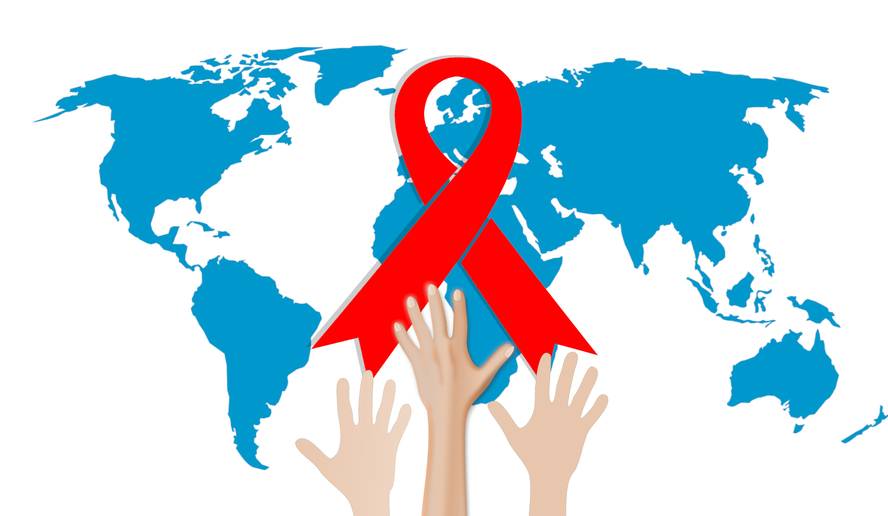For equality, scientifically
2023/09/25 Galarraga Aiestaran, Ana - Elhuyar Zientzia Iturria: Elhuyar aldizkaria

Scientific journals have often been criticized for spreading and perpetuating the hares of the scientific system, such as machismo and classism. On this occasion, on the contrary, the two most well-known scientific journals, Nature and Science, deserve mention. In fact, the editorials disseminated demands for equality, one from the gender perspective and another from the social aspect.
Gender equality: the title of the editorial in Nature is the way to a better world. At first, the author recalls that the sharing of power between genders is beneficial for health, the fight against poverty and the environment. He then warns that the world is far from achieving gender equality. It gives two examples: the violation of educational rights in Afghanistan and the obstacles to abortion in the United States.
Nature also analyzes the indices of the United Nations. In fact, in July he established two new indices: WEI or women's empowerment and GGPI or global gender parity. In both countries, with good results, 1 per cent of the world ' s women and girls do not live either.
Gender equality is also included in the UN 2030 Sustainable Development Goals. Specifically, this is Objective 5, but almost all the indicators show that it cannot be achieved.
The editor quotes Ruth Mace. In fact, Mac has shown that, contrary to what many believe and claim, patriarchy is not natural, natural. Proof of this is that hundreds of human groups in the world have women in the middle. In the vast majority of these groups, women are not above men (they are not the reverse of patriarchy), but are based on balance of power. The benefits are for everyone: women have better health than patriarchal societies and men have no worse health.
Likewise, in countries led by women and young people, the results are better in the indicators of the Sustainable Development Goals. It also provides more data and examples, but without delay the conclusion can be summarised in the last sentence: “Scientific evidence is growing stronger: the division of power between genders is the cause of the world we all need and want to live.”
Translating the world’s gaze to the United States, Science magazine is committed to integrating equity into innovation in its editorial. In fact, he stressed at the beginning that the social benefit of technologies is not shared equally in American society. Rural communities, people with disabilities and groups that have historically suffered and suffer discrimination do not have access to innovation products. Moreover, they are not taken into account at any stage of the innovation process and, in many cases, shortcomings or negative consequences highlight the need for equity.
The journal mentions two examples in the editorial: The new treatment of hepatitis C and COVID-19 tests, although the production has been massive, are expensive, so for many they are not accessible. The editor has warned that technology is expected to have a strong boost, among other things through artificial intelligence. It therefore considers it essential to take equity into account from the outset in order to develop a better technology and benefit everyone.

Gai honi buruzko eduki gehiago
Elhuyarrek garatutako teknologia






